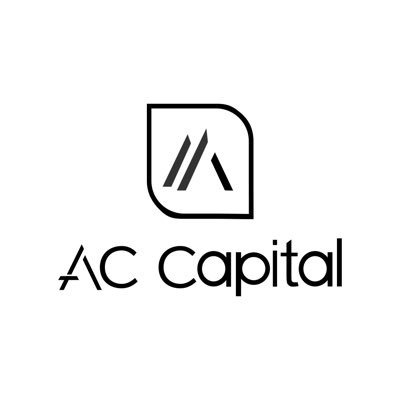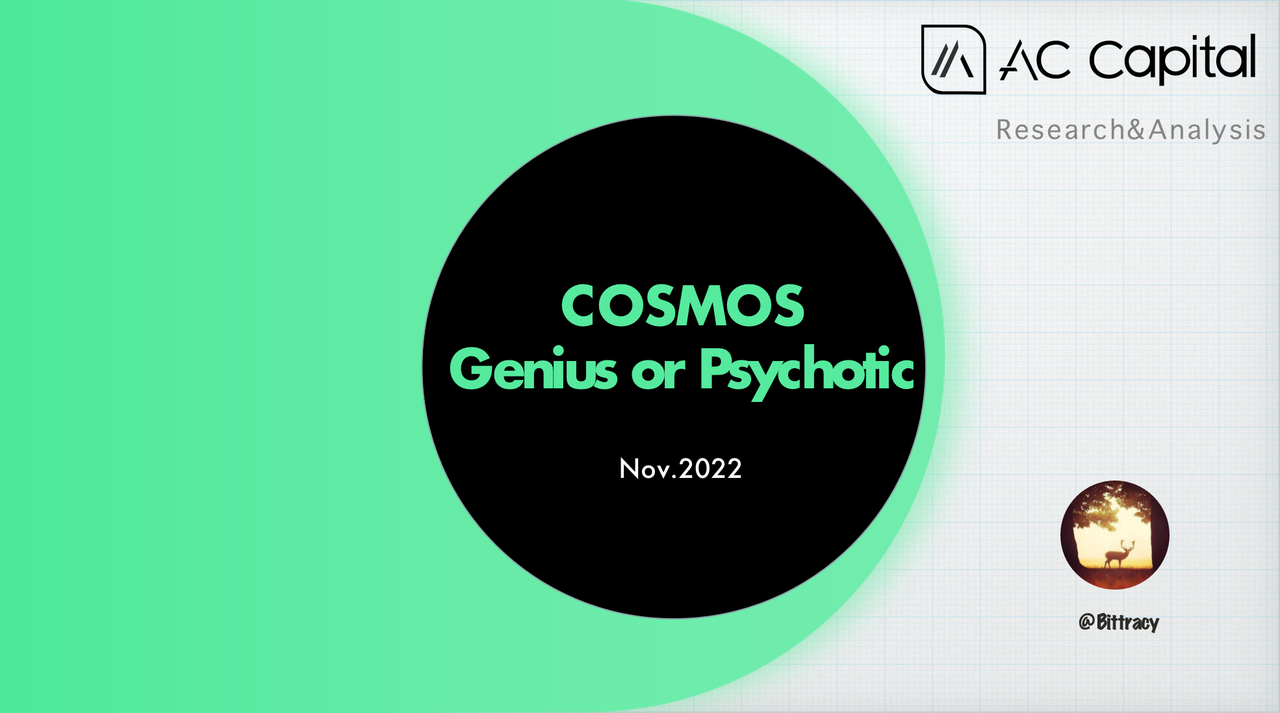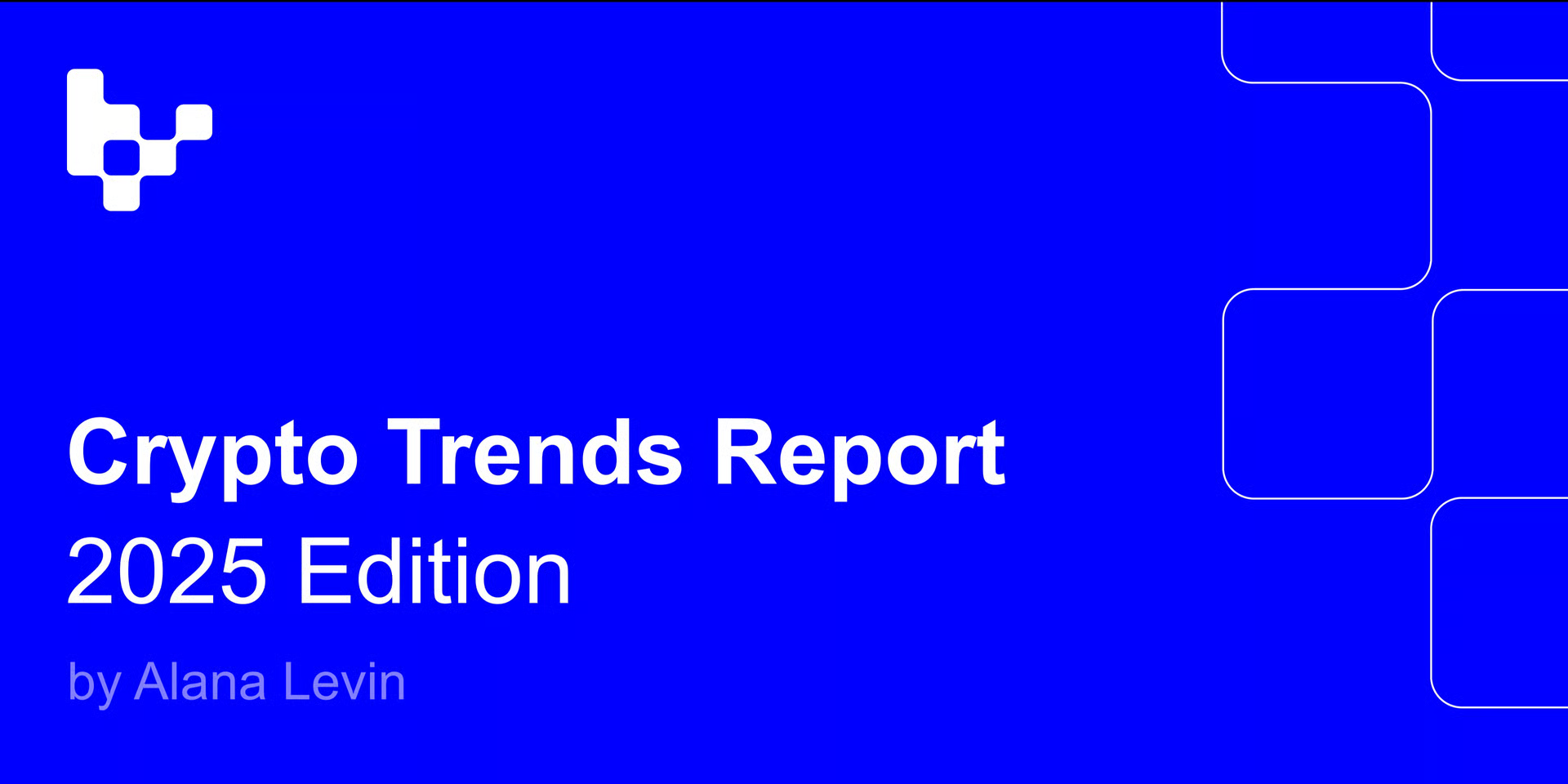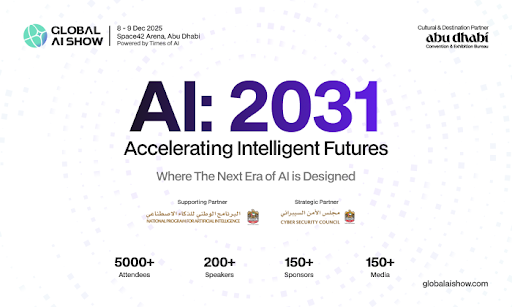Foreword: After the Ethereum conference in Paris, Vitalik pointed out the development path of Rolls up + expansion for developers. I can't help but lament Ethereum's advanced cognition of decentralized technology. From the earlier state channel and Plasma to today's Danksharding and Rolls up, it is always at the forefront of the decentralized world. On the other hand, the isomorphic network Cosmos also released a 2.0 proposal. In the Layer 1 wave in 2021, Monolithic Chain has achieved brilliant results. In contrast, the development of multi-chain ecology seems to be more bumpy. This article will focus on analyzing the network structure and technical characteristics of Cosmos, hoping to explore the future development of the network.

1. Monolithic or module? it's a choice not a problem
Which kind of network has more advantages in ecological development, monolithic structure or modular structure? In the single-chip structure, due to the shared computing environment, applications can flexibly call each other, and ecological collaboration and stacking can be realized. However, the single-chip structure is difficult to solve the problem of settlement efficiency. Competing for computing space in the block, network performance will be directly restricted by the monolithic structure. The modular structure is to realize the effective allocation of network resources by dismantling the blockchain network functions into different modules, and each part recognizes independent functions. Although such an arrangement will sacrifice certain interactivity, it can effectively improve the efficiency of operating the network.

Monolithic: Larger blocks increase network capacity, increase node resource requirements, sacrifice decentralization, reduce consensus costs to improve performance, and limit node operations to limited data centers.
Module: The modular chain splits the total workload among different nodes. The ultimate goal is: effective resource pricing, and decentralization.
In the past Layer 1 wave, how to improve network performance was a topic that investors were always keen to discuss. In September 2022, Ethereum successfully completed the merger, and the leader Vitalik also stated that Ethereum will complete network sharding and expansion in the form of Danksharding in the future. Although the main network still maintains the functions of consensus, execution, and DA at the same time, in the context of an increase in the transaction base, the demand for computing resources in the decentralized network is becoming more and more urgent. Ethereum is moving from a monolithic structure to a module through expansion + Rolls Up to move closer. From a Macro perspective, monolithic versus modular is more of a choice than a question. When the ecological development is in the early stage, computing resources will not be the main problem that curbs the development, and users and developers need a good interactive experience. From this perspective, the monolithic network is more suitable for those entrepreneurs who are in the early stage and rely on Monolithic application for application interaction. In contrast, the modular public chain is more suitable for those single applications that have high requirements for computing resources and have a wide and loyal user base.

This winter, Bittracy and its peers were talking about Module Networks. Cosmos is always a topic which cannot be avoided, and the answer is obvious. No one else can do the modular story that this guy can provide.
2. Cosmos network structure
The functional layer of the blockchain network can be roughly divided into consensus layer, DA layer, and application layer. As a public chain launched in 2016, Cosmos is different from most current blockchains. First of all, Cosmos provides developers with a consensus mechanism and application tools (SDK), but does not provide an execution engine (virtual machine). This design means that developers can define the computing environment and transaction types of the application chain. After Cosmos establishes the consensus layer and the application layer, developers can connect the application layer and the consensus layer through ABCI (Application Blockchain Interface). So Cosmos is more like a set of blockchain network tools. Developers can use the Tendermint consensus mechanism and the Cosmos SDK to build a blockchain network, and can also build smart contract virtual machines according to application needs.

In other words, Ethereum is similar to an enterprise. Each business department must abide by the company's regulations (block production speed, Gas consumption, and operating space) to operate business. Departments can cooperate with each other and share resources. All work is on the same network ( on a virtual machine). Cosmos is more like an industrial park. After entering, companies can formulate work guidelines according to business needs and seek their own way of development. The park is responsible for providing infrastructure (Tendermint) and production tools (SDK).
Cosmos composition: SDK, IBC, Tendermint
- Cosmos SDK: public chain construction toolkit and template library, similar to Polkadot's Substrate. The Cosmos SDK splits the functions that may be required by the application into different modules, so that developers only need to integrate them according to the requirements of the application chain.
- IBC: A communication protocol between public chains that provides consensus for all Zones and Hubs in the network. Users who initiate chains only need to upload account signatures and Merkle Root to verify transactions and realize cross-chain status confirmation.
- Cosmos Hub: Zones rely on Hubs to connect to each other through IBC. If a zone is linked to enough ecosystems, it can be identified as a Hub.
- Tendermint Core: Consensus mechanism engine, that is, which criteria nodes use to determine the accounting order. The limitations of Tendermint are also obvious: Cosmos network nodes cannot verify heterogeneous blockchains with different consensus protocols, so heterogeneous chain compatibility cannot be achieved.

Summary: Cosmos does not provide consensus and virtual machines, so it is not a blockchain network. It is a set of blockchain network standards based on Tendermint consensus. Because of this, Cosomos gives Dapps great freedom and does not require them to pay at the same time too much, but this is also the reason why ATOM has poor value capture ability compared to DOT. The introduction of the Cosmos network structure ends here.
3. Cosmos full-featured partial students
What is the optimal network structure? There is no accurate answer to this point. The modular network naturally has a natural advantage in performance, but the call interaction is not as good as the monolithic chain. Cosmos is a full-featured partial science student. Its strength is that it can reduce the workload of developers while giving each chain full autonomy.
- Advantages: flexibility, performance, developer friendliness
Performance: Applications can have their own execution environment, and even block time, throughput, etc. can be set as needed.
Benefits: AppChain can directly establish economic activities with users, and the project side does not need to pay fees to the public chain through Gas. This is equivalent to Cosmos Network delivering the framework to developers at zero cost.
Flexible: It takes a lot of effort and cost to develop the application chain independently, and the SDK development team reduces the redundant workload.
- Disadvantages: interactivity, security
Interaction: The independent operating environment means that the protocols cannot directly call each other, which results in the separation of liquidity and data availability. Users cannot use multiple protocols through a single transaction, which is extremely unfavorable for the development of some protocols (DeFi) .
Security: Applications deployed on Ethereum can directly obtain security, while the application chain of Cosmos needs to solve security issues by itself. First of all, this is more difficult for the start-up chain. At the same time, the redundancy of a large number of nodes confirming the consensus will cause a waste of resources.
Summary: From a certain point of view, Cosmos has taken the opposite path to Ethernum. Although the Multi-Chain mechanism cannot provide a stackable operating environment for Dapp, it gives developers a high degree of freedom. After the comprehensive upgrade of Layer One in 2021, the main needs of users for the performance of the public chain network have been met, and network performance will hardly be the winner in determining the ecological development of the public chain. In Bittracy's view, the development and construction of the network ecology requires the innovative ability of developers and the economic activities of users. Modular and monolithic structures each have their strengths. One is more operable, providing users with a stacked application environment; the other is to maximize the potential of the execution layer and provide a comfortable network environment for single applications. They all have a bright future.
4. Why was Cosmos 2.0 rejected by Community?
In September 2022, the Cosmos team released version 2.0 of the white paper at the Cosmosverse conference, hoping to change the problems of Hub network weakness and insufficient ATOM utilization. The new network model is mainly intended to achieve the following three goals.
(1) Confirm Hub as the central position of Chain;
Cosmos 2.0 creates a quasi-flywheel mechanism through Interchain Scheduler and Interchain Allocator (the incentive model is not very aggressive), hoping to consolidate the core position of the Hub in the Cosmos Network.
- Interchain Scheduler captures the MEV value of Interchain: create a MEV market for interchain interaction, verification nodes conduct collective bidding for cross-chain TX verification, and Interchain Scheduler charges matching fees to capture value from interchain economic activities.
- Interchain Allocator empowers Hub: MEV income accumulated to Hub will be used for Cosmos ecological construction, and this part of value will add promising new projects to Cosmos Hub assets through Interchain Allocator. In turn, these projects expand the potential market for schedulers.
Interchain Scheduler and Interchain Allocator can be enhanced with the development of Cosmos Network and IBC communication. Cosmos 2.0 uses tokenized cross-chain block space market to import resources to Hub, thereby establishing its dominant position in the isomorphic chain.
(2) Provide value support for ATOM through various distribution mechanisms:
According to Bittracy, the biggest difference between Cosmos and Polkadat is whether the Muti-Chain is safe and consistent. All multi-chain transactions in Polkadat need to be verified through the main network POS, and the community building of Sub-Chain directly creates demand for DOT. On the contrary, ATOM is just the opposite. The POS of AppChain is verified through the native token in the Zone network, which is completely decoupled from ATOM, which makes the prosperity of AppChain unable to feed back the Hub. Looking back at the bull market in the past two years, Terra's explosive growth in 2021 did not have a positive impact on Hub and ATOM. Under the Interchain Security rules, AppChain can obtain security from ATOM, that is, the interaction on the chain is double-verified by native token POS nodes and ATOM nodes to ensure security. On the one hand, it increases the value demand of ATOM; on the other hand, it is very helpful for the security of the start-up application chain.
More importantly, under the new rules, Cosmos Hub can help the external network in a variety of ways to formulate economic coordination strategies between ATOM and cross-chain innovation projects, so that the utility of ATOM is consistent with the growth of the ecosystem . However, even under the new mechanism, the network does not require developers to use the security of ATOM, and ATOM is not necessary for the construction of Zone.

(3) Change the Staking Yield, sacrifice the interests of the holders, and use the Foundation to provide start-up funds;
Cosmos 2.0 re-plans the allocation mechanism of ATOM. The new allocation mechanism will have two stages: Transition and Steady State. The proposal hopes to increase the initial funds of the Treasury by increasing the short-term money supply, and at the same time, change the release curve of tokens, thereby reducing the total amount of token releases.
- Short-term inflation: At the beginning of the Transition phase, 10,000,000 ATOMs will be issued per month. Issuance decreases at a decreasing rate until the Steady State is reached after 36 months, releasing 300,000 ATOMs per month. We can see that the inflation rate of ATOM in the first nine months will increase significantly compared to the original inflation rate, and the newly released tokens will flow into the Cosmos Hub Treasury to raise initial funds.
- Reduced monetary aggregates: the community has the opportunity to develop the necessary social infrastructure to efficiently manage large pools of funds. The transition phase starts from the moment Cosmos switches to a new monetary policy and ends 36 months later, when the steady state phase begins and lasts indefinitely. The proposed new issuance model will shift from exponential growth to linear growth. From the perspective of total currency, the total supply of ATOM is significantly reduced compared to the original model.
In the decentralized world, the most attractive slogans are democracy and fairness. And this new Cosmos 2.0 token setting is undoubtedly very centralized, which is equivalent to the community forcibly using the coinage right to plunder the rights and interests of users, which directly hurts the interests of ATOM holders. More importantly, this is completely against the narrative of decentralization. Who can guarantee that there will be no next time after this time, no next time? Therefore, after the announcement of Cosmos 2.0, the price performance of ATOM was mediocre.

(4) The value distribution is uneven, and the community refuses
The new token distribution mechanism has been criticized by the community, and finally Cosmos 2.0 has not been approved by the community. However, from this proposal, we can find that the Cosmos development team has realized the insufficient empowerment of ATOM and the lack of the main status of the Hub. From the performance evaluation of the distributed network, Cosmos is not inferior to Polkadat and Avalanche. However, due to the absence of the incentive cycle, the operation of the protocol cannot bring economic retention to the main network. For the Cosmos development team, the most important part is how to solve the above two problems. This is a very difficult challenge, but fortunately they have already started to prepare.
5. How to understand the value of Cosmos
(1) How to understand the value of the public chain: the valuation method of Gas
Where is the value of the public chain? From the perspective of profit model, GAS & MEV are the main income of the public chain, that is, the fees that developers and users need to pay to the public chain to run programs.
Revenue = Throughput x $ users will pay for individual transactions
When the interactive activities of the public chain are vigorous, users will have a demand for native tokens. If this logic holds true, then the public chain with higher TPS will get less revenue and the value of its tokens will be lower. This runs counter to the current situation. Therefore, we cannot simply measure the value of the public chain through GAS & MEV income.
(2) It seems that the assumption is wrong
According to Bittracy's perspective, the value of the public chain lies in the ability to create network value, and the token is more similar to the non-inflationary currency of the public chain economy. Specifically, the development of the public chain comes from the development of economic activities on the chain. When assets are created, a very important role of public chain tokens is to undertake the economic value created by developers.
-Revenue=Throughput * Users Transaction Fee
The problem, however, is the implicit assumption that:
-Token Value = Revenue
In fact, the value of the certificate is not equal to the revenue of the public chain
-Token Value ≠ Revenue
The value of the token does not come entirely from the revenue of the public chain. In my opinion, the revenue of the public chain cannot even be the first factor affecting the value of the token. First let us boldly write the derivation formula for the token value;
-Token Value = Token Demand / Circling Token Numbers
Among them, the demand for tokens comes from:
-Token Demand = Speculation Value + Fundamental Value + Gas Value + Liquidity Value+Others
Among them, the number of tokens in circulation will also change with the operation of the agreement:
-Circling Token Number =Circling Token Numbers + Releasing Tokens — Staking Tokens — Burning Tokens
Therefore, the revenue of the public chain is not completely consistent with the value of the public chain certificate, and the two are not directly causal. Starting from the demand for tokens, the speculative value of tokens is highly correlated with market conditions. When there is a unilateral upward market, the price of the token implies the expectation of future price increases. In a bear market, the Speculation Value is gradually stripped from the price. For Fundamental Value, the basic value of public chain tokens comes from the pricing of assets on the chain. For example, the value of Ethereum comes from the economic ecology of DeFi, NFT, and GameFi built by it, and EVM Side Chain / Layer 2 is its The value support provided. We can see that those famous NFT, DID, and Token assets are all priced through ETH in the form of AMM. In other words, ETH is the currency expression of digital assets created by Ethereum. Gas Value is highly related to the number of users and network performance, and the value of the token is increased from both the numerator and denominator side.
The problem with Cosmos is that there is basically no Fundmental Value of ATOM. Compared with similar Avalanche and Polkadot, developers can completely bypass the Hub and ATOM to build their own ecology. Terra’s on-chain asset prices are completely undertaken by LUNA. At the same time, as a blockchain network with excellent performance, it is difficult for frequent user transactions to contribute enough Gas Value to raise the price.
Cosmos Future Winners
So how does the Cosmos public chain achieve value creation? The original 2.0 white paper chose to change the distribution of chips through excess inflation and increase the wealth of the treasury to build a public chain. However, the abuse of minting rights actually harmed the interests of users and developers, which was rejected by the community. The path of value creation should be: the public chain can promote the construction of network ecology through its own innovation capabilities, and realize value creation and economic activity growth. This can not only unite users and developers to form a community, but also achieve high-quality development of the network ecology.
Bittracy believes that the key point is whether Cosmos can solve the problem of insufficient ATOM empowerment. First of all, Cosmos urgently needs to strengthen its Fundmental Value by increasing the application scenarios of ATOM, and establish the dominant position of main chain tokens in the hearts of users. At the same time, the community needs to stimulate ecological innovation by updating token economics, and the resulting Gas Value With Staking Token, the token value of ATOM will be increased simultaneously from the numerator and denominator.
6. Summary
The development of the public chain ecology has always been somewhat metaphysical. European and American public chains such as Solana and Aptos will first capitalize the public chain (high market value, low circulation), and then release tokens to match the development of the collaborative network according to the needs of economic activities. Looking at the follow-up, without the continuous cooperation of ecological innovation, pure investment value cannot achieve user retention. Fortunately, Cosmos already has enough excellent products. Like a solid science student, what it needs to do is to clarify the internal and external economic incentives. Fortunately, the market is now flat and there is enough time for him to improve.
















